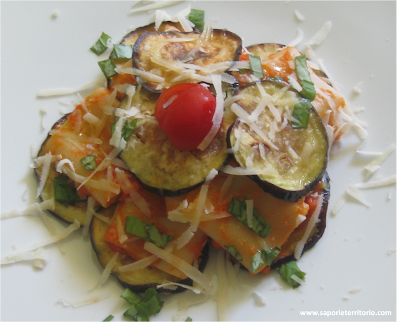“Il Caffè Greco” Renato Guttuso, 1976, Colonia,
Museo Ludwig (fonte Internet)
Cos’hanno in comune Buffalo Bill, Gabriele D’Annunzio e
Papa Leone XIII?
Se cercate la risposta la trovate all’Antico Caffè
Greco, a Roma, nella centralissima Via Condotti, a due passi
da Piazza di Spagna e da Trinità dei Monti, perché questi illustri personaggi sono stati tra i visitatori
di questo vero e proprio pezzo di storia.
Entrare
in questo Caffè equivale a fare un viaggio nel tempo: i tavolini con marmi
antichi, uno diverso dall’altro, sembrano popolati da personaggi di altri
tempi, intenti a scrivere un racconto, una poesia o a leggere un libro in
attesa che venga servito loro il caffè.
E
allora, se siete di passaggio a Roma fate una pausa per assaporare il caffè nella
famosa tazzina cerchiata di arancione: non abbiate fretta, fate un giro per le
piccole sale, guardate le opere d’arte appese alle pareti e provate ad
immaginare quali preziose discussioni filosofiche e artistiche abbiano trovato
ospitalità tra queste mura.
Un fascino antico, che ha sedotto anche il grande pittore siciliano Renato Guttuso, che nel 1976 volle ritrarre il “suo” Caffè Greco”.
Un
altro famoso pittore, Giorgio De Chirico, soleva dire che "il Caffè Greco
è l'unico posto dove ci si può sedere e aspettare la fine del mondo”, ma voi non
vi trattenete così a lungo, che siete a pochi passi da Trinità dei Monti, e le
cose da vedere sono tante …
What have in common Buffalo Bill, Gabriele D'Annunzio and Pope Leone XIII?
If you are
looking for the answer, you can find it at the Antico Caffé Greco, in Rome, on
Via Condotti, near the Spanish Steps and Trinita dei Monti, because these
famous people were among the visitors of this truly piece of history.
Entering this coffee is like making a journey through time: the tables with antique marbles (different one to another) seem populated by characters from the past, intent on writing a story, a poem or reading a book waiting to be served for their coffee.
So, if you're passing through Rome, take a break to enjoy this coffee in the famous cup circled in orange: do not rush, take a walk around the small rooms, look at the artwork hanging on the walls and try to imagine the valuable artistic and philosophical discussions that have been hosted within these walls.
A charm that has fascinated also the great Sicilian painter Renato Guttuso, who in 1976 wanted to portray "his" Caffé Greco".
Giorgio De
Chirico (another famous Italian painter), used to say that "the Caffé
Greco is the only place where you can sit and wait until the end of the
world"...
...but, please,
don't wait for so long, that you are so close to Trinità dei Monti, and there
are so many things to watch ...























